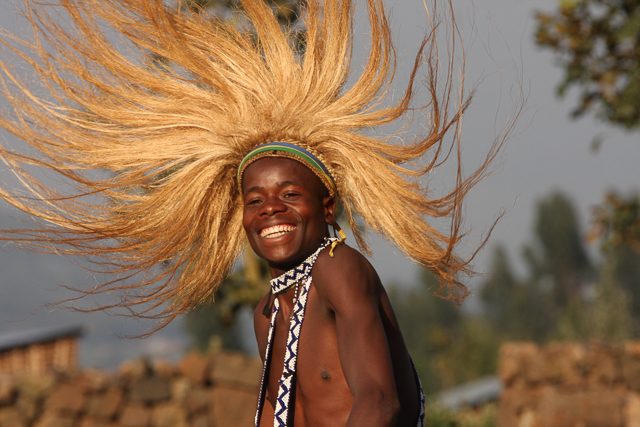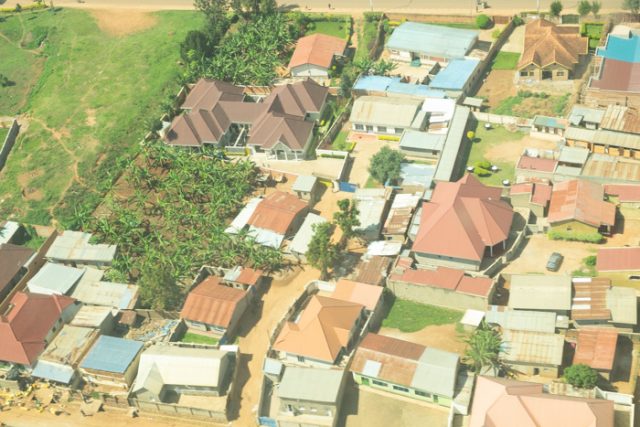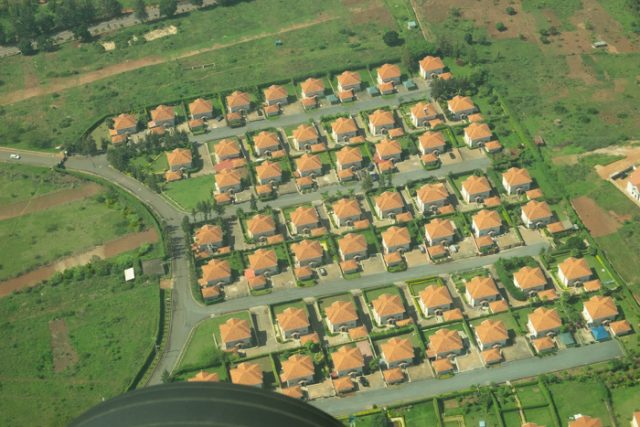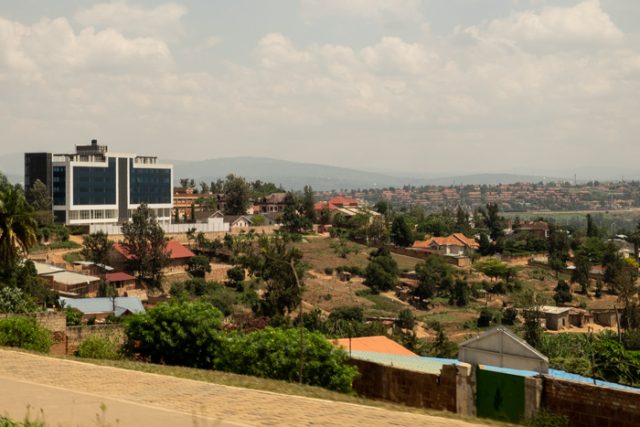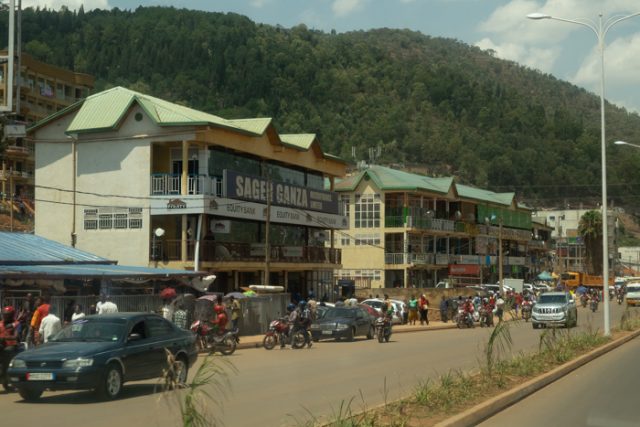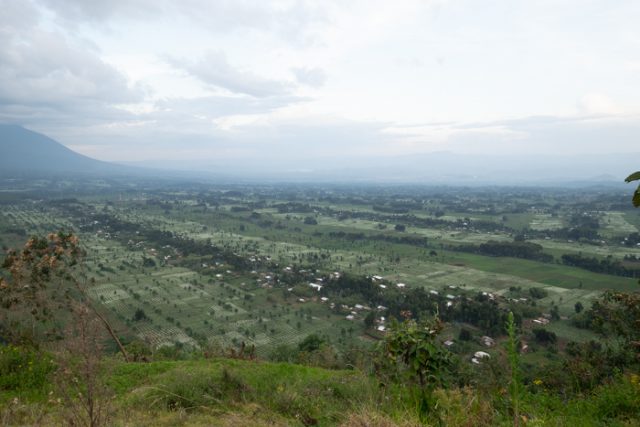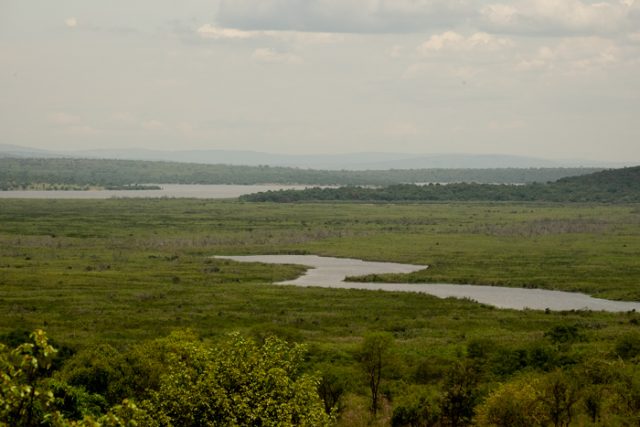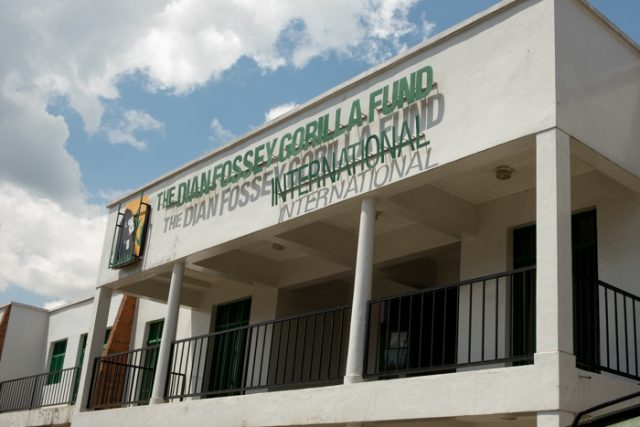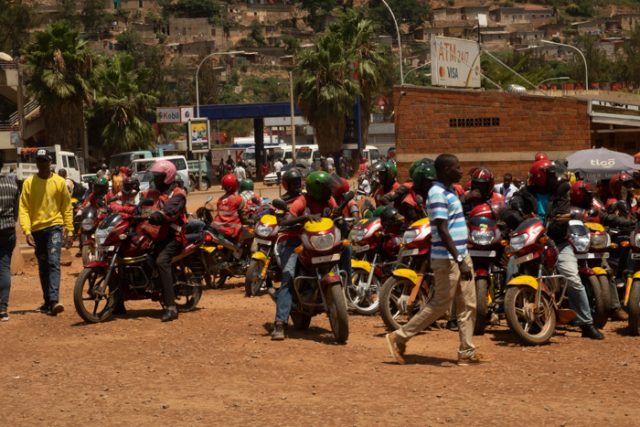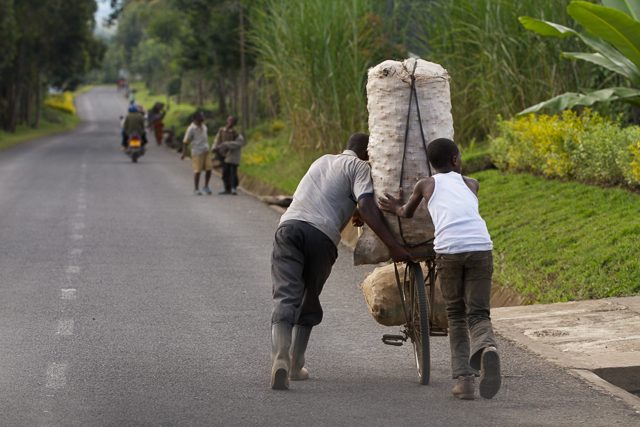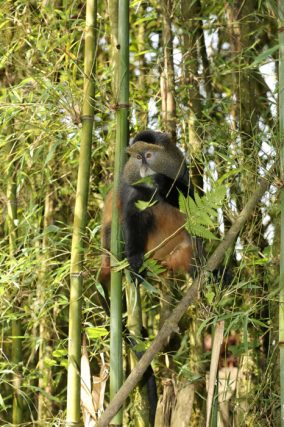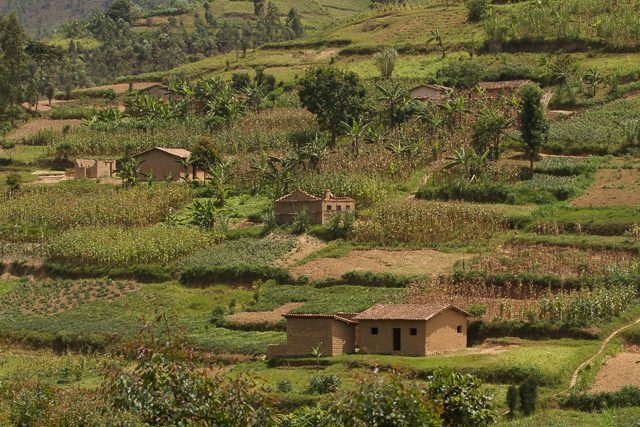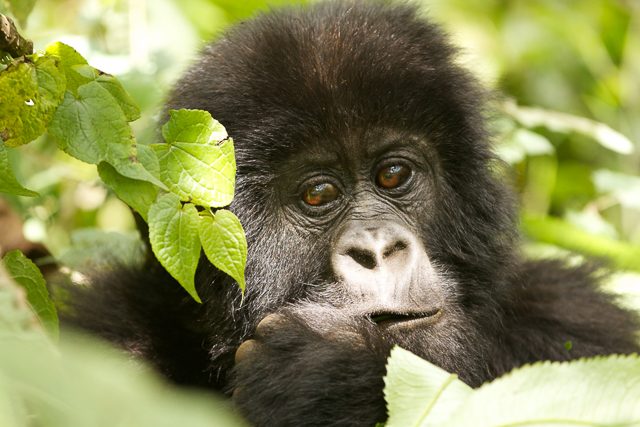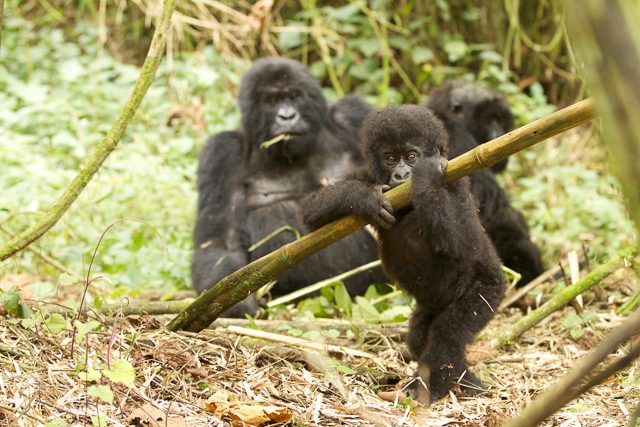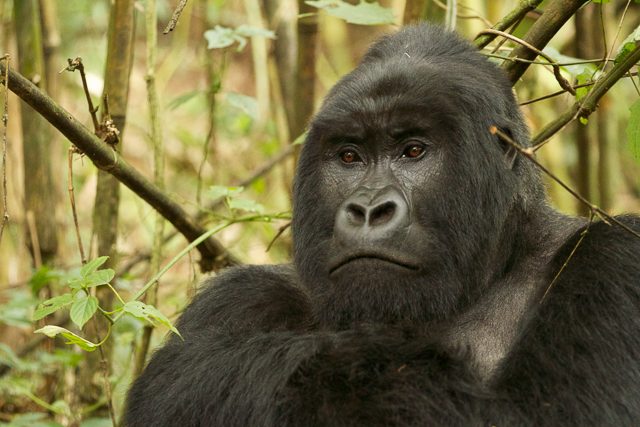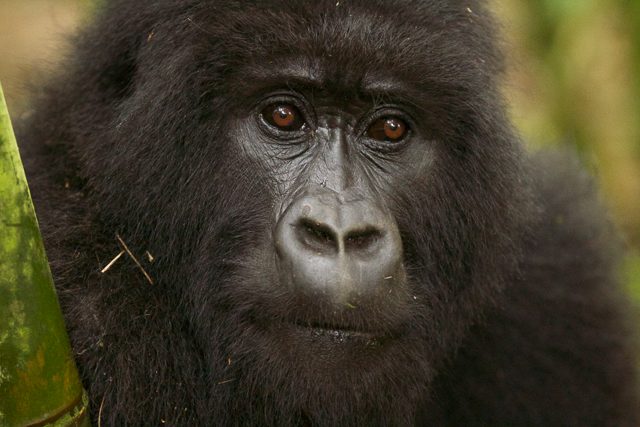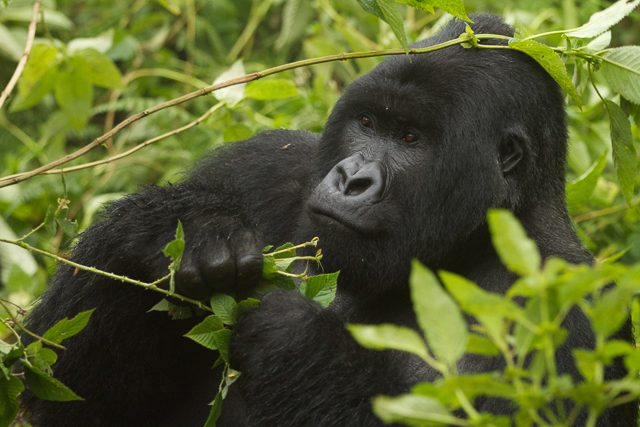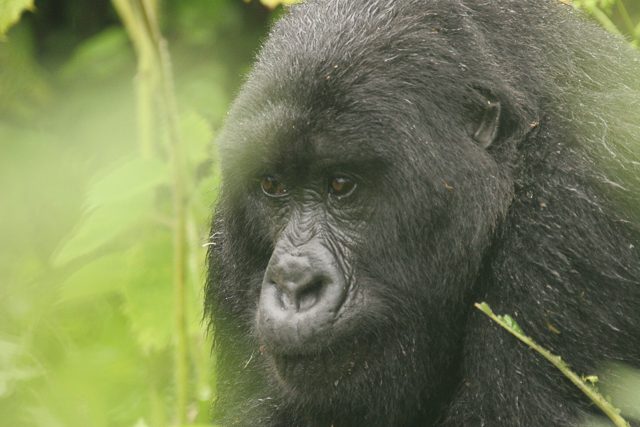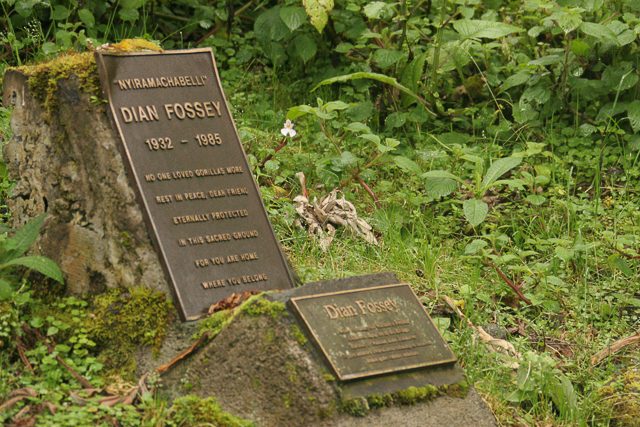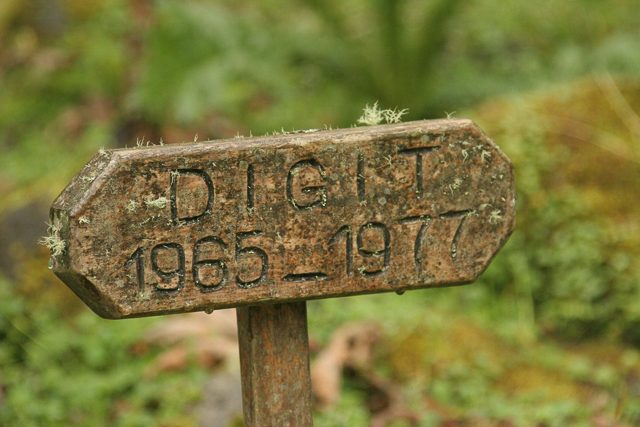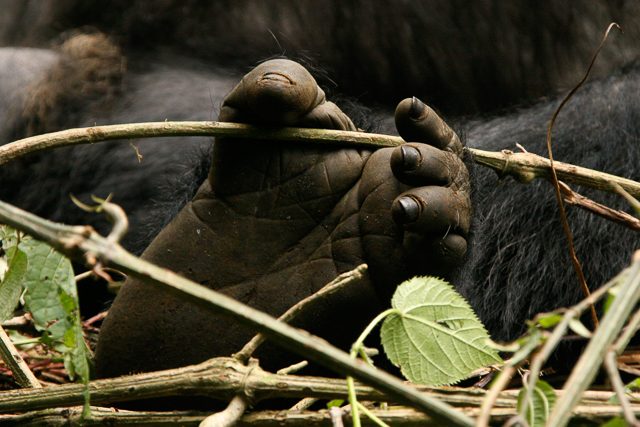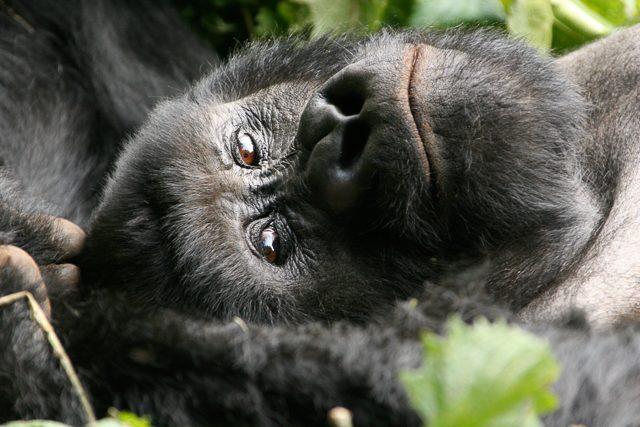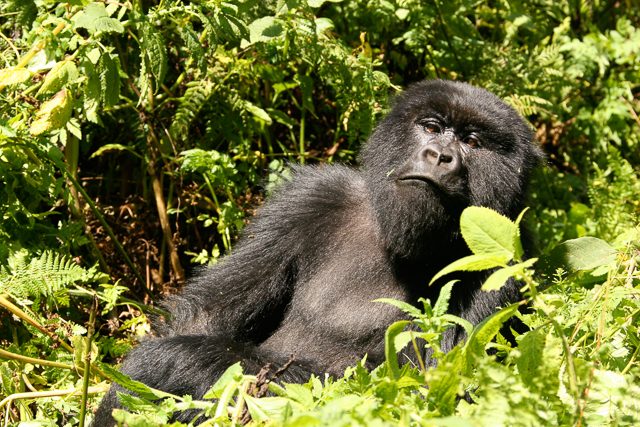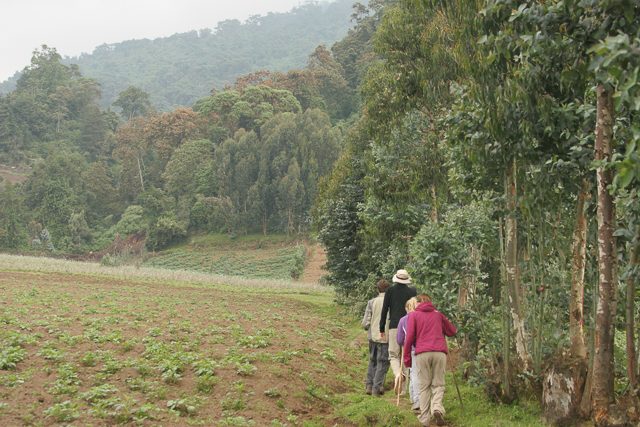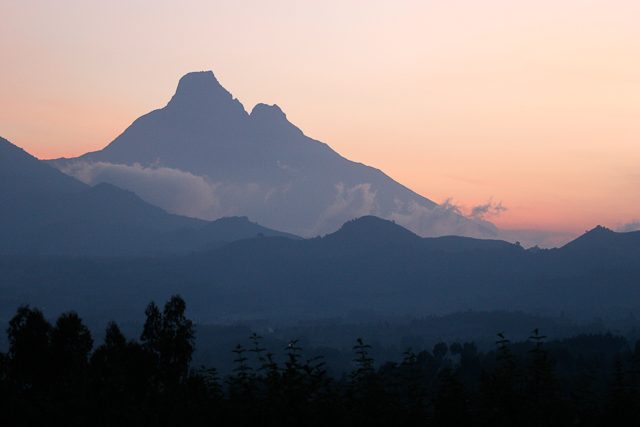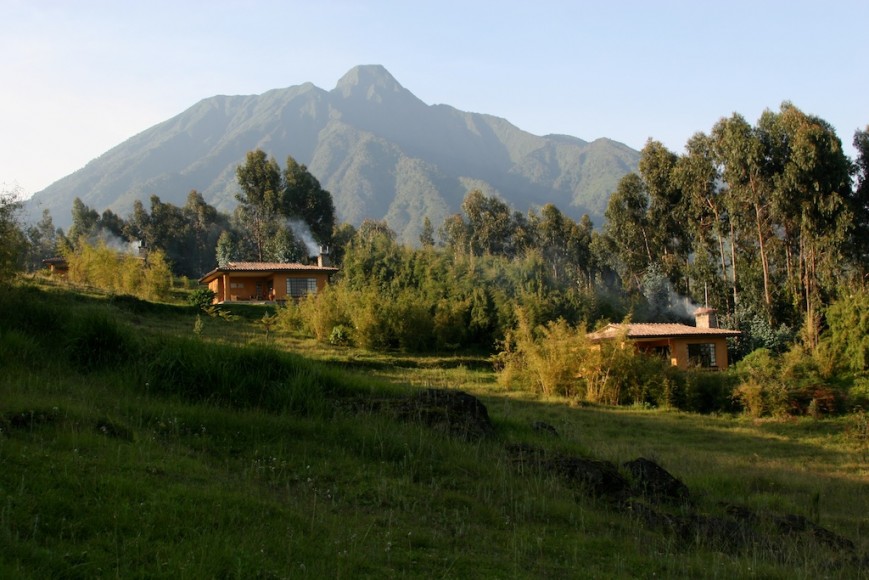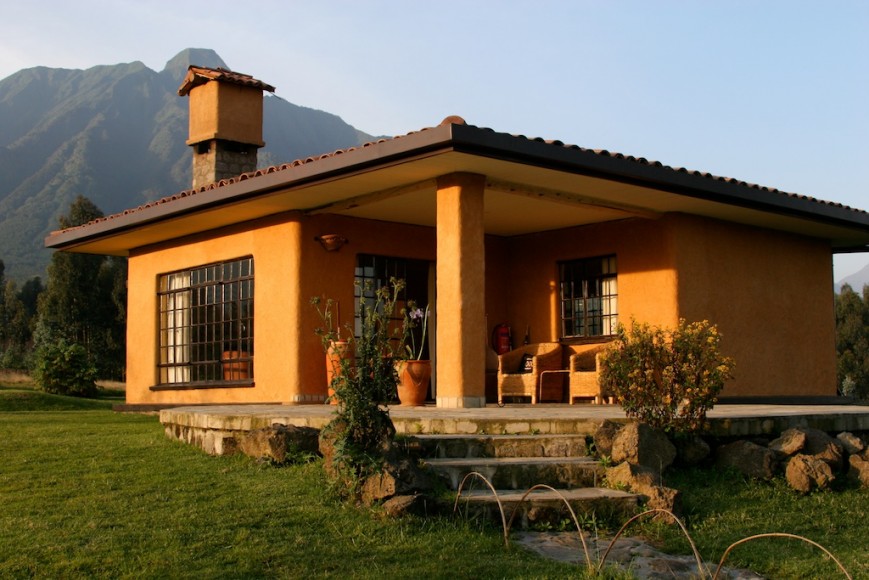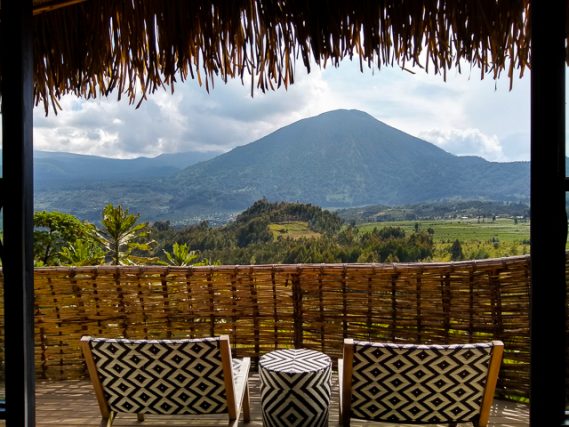Africa is still the Dark Continent. It is replete with mysteries, wonders and misconceptions, among other treasures.
Consider Rwanda, for example. This is a tiny country in the Great Lakes region of Africa, a little to the west of giant Lake Victoria. Few people outside Africa know where it is, and if pressed and relatively well informed, they are liable to only mumble something about Tutsis, Hutus and genocide. Few realise how fascinating and safe this country is today!
Rwanda was once, before the Europeans arrived in the 1890s, a kingdom ruled by a king or Mwami. The explorer Henry Morton Stanley crossed the Kagera River in 1876, while heading south along the shores of Lake Victoria, recognising it as one of the main sources of water to the lake (and therefore into the Nile). He is also rumoured to have camped south of there on the shores of Lake Ihema, and found the area too dangerous for him to penetrate further, so he skirted the kingdom, keeping to the shoreline of Lake Victoria.
In 1890 the kingdom became part of German East Africa. However no European visited Rwanda until two or three years later. At the end of Word War One the League of Nations mandate excised the kingdom from the German administered territory (which became the British mandate of Tanganyika Territory) and it came under Belgian control as part of the Ruanda-Urundi Territory.
Beliefs in the importance of racial differences and in eugenics during the Belgian colonial period widened the differences in the tribal entities and sub-groups in the region, to the point where the differences between the Tutsis and Hutus became a dominating feature before and after independence in 1962. Tensions were more pronounced because this is the most densely populated region of Africa.
American primatologist Dian Fossey moved to the Virunga Mountains in north-western Rwanda in 1967, and began habituating and studying one of the rarer of four gorilla sub-species – the mountain gorilla (Gorilla beringei beringei) that had only been discovered about 65 years before. The forests that envelop the Virungas (in the Congo, Rwanda and a tiny corner of Uganda) are one of only two forests where they are found. The other is the Impenetrable forest of Uganda.
Dian became an ardent conservationist and was actively involved in anti-poaching, at a time when corrupt government officials and park wardens, as well as impoverished local subsistence farmers, were enmeshed in the wildlife trade. One of her favourite gorillas, Digit, was killed in a poacher’s snare and she named her conservation fund after him. She became a celebrity, a colourful lady living in a remote and unstable corner of the wilds of Africa, determined to protect a species on the verge of extinction.
In 1981 it was believed that there were only 254 mountain gorillas (Gorilla beringei beringei) left in the wild (including the Bwindi population). Funding to protect the gorillas was crucial, and one of the avenues became through tourism. Rwanda National Parks earned revenue from permits issued to tourists allowing them to track and observe these animals for up to one hour a day, accompanied by a national park guide. This activity was in its infancy, and Dian was strongly opposed to it. She thought that visits from their distant ape relatives would result in exposure to diseases. In December 1985 Dian was murdered and the circumstances and perpetrators have remained a mystery.
Nine years later Rwanda again featured on front page world news. After years of state sanctioned racism, the Hutu majority turned against the Tutsi minority, resulting in their greatest fear – Tutsi émigrés began returning from exile and fighting a guerilla war. The corner that was home to the mountain gorillas became off-limits to tourism. Then an eerily premeditated and carefully orchestrated attack on the Hutu president as he returned in a jet from peace talks triggered the genocide. The Hutu majority unleashed unimaginable hatred on Hutu moderates and the Tutsi minority. As the second millennium approached its end it was hard to imagine Rwanda ever pulling itself out of this abyss. This was a story that seemed to epitomise Africa.
And what a surprise this has been! Firstly the tables have indeed changed, as the Tutsi dominated rebels took over the country, and although not free from controversy, Rwanda today is a very different country, not just from its past, but also from many of its neighbours.
It is now illegal in Rwanda to differentiate by race, and the tribe that was once indicated on every identity card has been stripped. According to Transparency International Rwanda ranks in the top five of the least corrupt countries in Africa, just below the Czech Republic and Spain, and above South Korea and Italy. It is one of the first countries in the world to ban plastic bags. The morning of the last Saturday of every month, known as Umuganda, is dedicated to community work. Every village or neighbourhood has its own council. Even the President takes a break from the normal duties of state and partakes! Tasks may involve sweeping the streets, collecting trash, or planting trees, and ends with a meeting to discuss any community matters. The country is now booming, as the government has reduced red tape, governmental waste and duplicity, and the time taken for an entrepreneur to incorporate.
After a period of waiting to see developments, and the opening in 2007 of a new luxury lodge, the Sabyinyo Silverback Lodge, A Step Ahead began conducting and guiding journeys to Rwanda. Tracking gorillas in their natural forested habitat and spending a hour with them has to be one of life’s great experiences. It definitely ranks in both Dave and my top nine African experiences!
Despite serious problems in neighbouring Congo, and thanks to hard work of rangers in that country (who are heroes in the real sense of the word), the lasting peace in both Rwanda and Uganda combined with the efforts of those governments in prioritising the protection of the mountain gorilla and the preservation of their habitats resulted in an increase in gorilla population of the Virunga forest to 480 in 2010, and of the Bwindi forest to 340 in 2006, well over three times the number estimated in 1981! The most recent population estimates conducted in 2014 give the combined population of the two forests at over 880 individuals!
I was in Rwanda a couple of weeks ago, seeing how things have been changing, and it is hard not to notice the improvements.
Aside from such optimistic and rare news (on an international scale) on wild gorilla populations, I also stayed at a brand new boutique lodge – Bisate Lodge, which now offers guests a greater choice of luxury accommodations. Sabyinyo Silverback remains a wonderful and more traditional African colonial farmhouse style lodge, and Bisate enters the realm of an architecturally unique dreamland that few could ever have imagined would exist in Rwanda a few years ago.
Furthermore the Rwandan government is in the process of buying land surrounding Bisate, and between Bisate and Volcanoes National Park (the Rwandan protected area of the Virunga mountains), and trans-locating the population to other land or in some cases allowing them to rent their land to the park. This in effect extends the protected area, providing more space for these extremely rare great apes. Concurrently the success of the tourism industry in the area has resulted in more employment for the local inhabitants, providing an an alternative to the hardships of subsistence farming, and thankfully to the risks and untenability of poaching. Long may this last!
Justin

